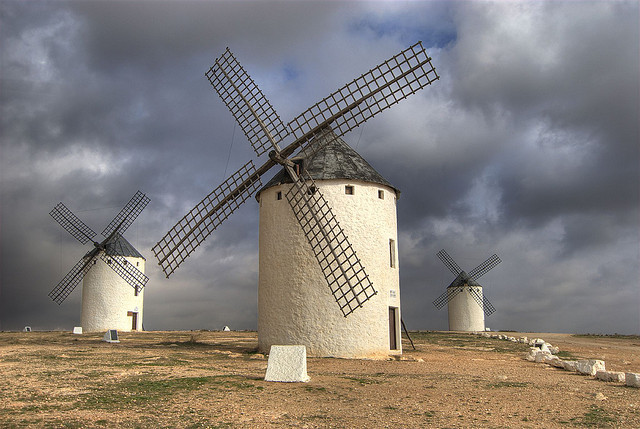Overview
This lesson investigates the needs and demands for renewable energy and gives reasons and underlying drivers for the ongoing adoption and further innovation of renewable energy technologies and market growth in this sector. Renewables are, by their definition, energy sources that can be "harvested" over a continuing cycle. All renewables are inherently linked to natural processes that reliably repeat or are reliably present, such as the solar cycle (solar input day/night) which also drives winds, seasonal cycle (driving hydro-energy and winds), lunar cycle (tides), geothermal (both heat differentials and direct geothermal heating), as well as other geological features. The immense energy from earthquakes, avalanches, or tornados would be very difficult to capture, even though these events are natural processes containing significant energy, they are highly unpredictable and therefore not useful sources of energy. Renewables, then, need to be predictably available, even if not always available.
As covered in the lessons on markets, one of the requisites for market formation is that there needs to be a reliable supply for a market to become organized, so markets will become organized around sociotechnical arrangements that can produce predictable power outputs. Further, there are significant organizational requirements needed to make renewables market work. Market formation in the case of renewables is also driven by political and ideological influences, both of which will be covered here in the terms and metrics of sustainability. Approaching renewable (sustainable) energy from a systems perspective towards the end of the reading will help in mapping out the networks needed to support a renewable energy market.
Without renewable energy, there can be no sustainable development and the demands of sustainable development will shape and drive ongoing progress in renewable energy.
Learning Objectives
By the end of this lesson, you should be able to:
- define and describe the differences between renewable energy and sustainable energy, and the links between renewable energy and sustainable development;
- describe the environment-energy-prosperity problems energy markets face;
- comprehend sustainability models and metrics; and
- describe principles of sustainable development.
Advanced Options in this course are optional; however, they are intended to show you the way towards making a deeper connection between the course materials and the overall goals of renewable energy and sustainability. (For students who are further along in their SMP Program coursework, these are the kinds of objectives you should be able to begin to think about.)
- Advanced Option - Level 1: Describe how the principles and/or conditions of sustainable development are likely to shape renewable energy markets.
- Advanced Option - Level 2: Apply the concepts from the market readings to describe some of the key features of renewables markets.
What is due for Lesson 3?
This lesson will take us one week to complete. Please refer to the Course Syllabus for specific time frames and due dates. Specific directions for the assignment below can be found within this lesson.
| Requirements | Assignment Details |
|---|---|
| To Do | Read and familiarize yourself with all the Lesson 3 materials. |
| Read |
|
| Assignment |
|
Questions?
If you have any questions, please post them to our Questions? discussion forum (not e-mail), located under the Discussions tab in Canvas. I will check that discussion forum daily to respond. While you are there, feel free to post your own responses if you, too, are able to help out a classmate.

